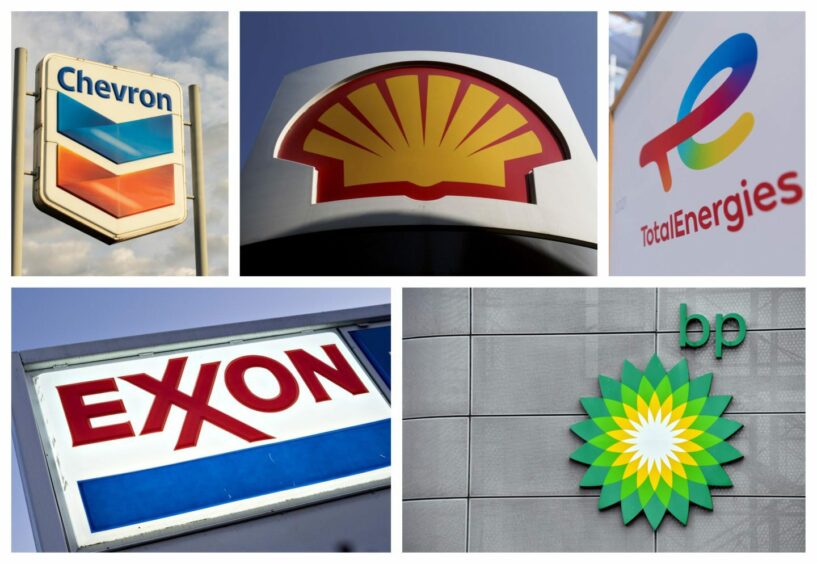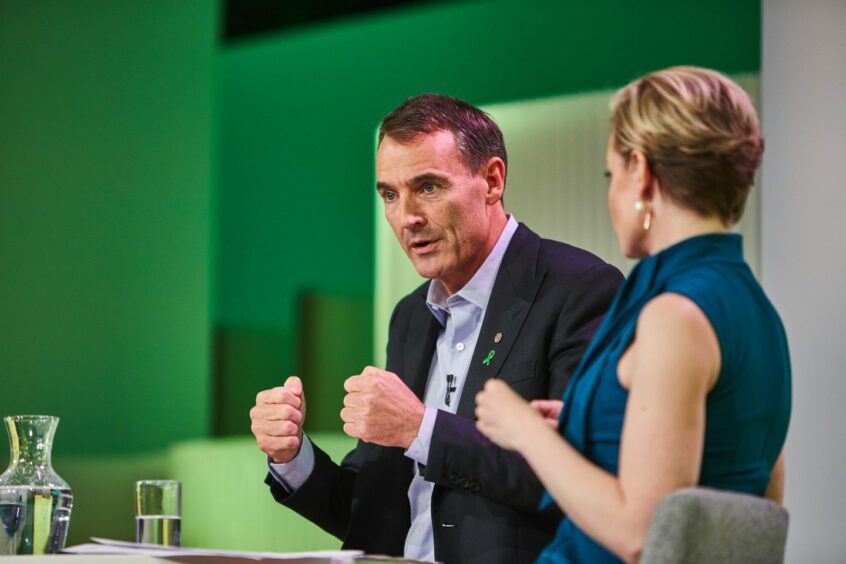
A year of high commodity prices and record profits for oil and gas majors has many questioning what to do with all their cash – with increasing amounts returned to investors via buybacks.
A recent report from ratings agency Moodys examining the finances of TotalEnergies, BP, Shell, ExxonMobil and Chevron, notes that 2022 has been a year of record cash flow and profits for the group.
The five companies have a reported combined cash pile of around $150 billion – up 44% on 2020. Many have used that to pay off debt – levels of which are now at their lowest since 2015 amongst the cohort.
Yet supermajors are also “increasingly focused” on ramping up shareholder remuneration through last year, it said – especially in the form of share buybacks.
Chevron vowed to triple its buyback budget to $75 billion, while Exxon expanded its programme multiple times last year, eyeing $50bn of stock acquisition to 2024.
Total sought to buy back 5% of its share capital last year, while BP bought back $8.5bn in 2022 and intends to use 60% of surplus cash flow for this purpose in 2023.
Patrick Harris of consultancy Calash sees the trend as an extension of strategies that were in place long before the pandemic. “I would say this is business as usual but to the Nth degree, given the level of profits and cash flow are so high at the moment.
“Where it’s different today than say 2016 is that ESG pressure has built up so much that the market isn’t valuing the oil majors as much as it they would like. To that extent they see a greater value in buying back those shares because they see a higher value in what they’re doing than perhaps the generalist investor.”
John Moore, a senior investment manager at RBC Brewin Dolphin, suggests the programmes are more about “rightsizing” businesses.
“They are forward-looking and typically aim to improve the share price over time. In turn, this could be used to help underpin future deals as the oil sector’s larger players look to make bolt-on acquisitions and change their businesses’ profiles.”
He contrasts this approach with larger annual or extraordinary dividends which, though they have also risen, have not been the main method of disbursing record cash.
“Dividends, while particularly welcome by investors in the UK, have not necessarily helped re-rate shares in the past. They also tend to be less favoured by overseas investors. In the US, share buybacks are more common as a form of shareholder distribution because dividends are taxed differently,” Moore added.
Balancing act
However, it’s also important to think about what else this cash could be used for.
Moody’s says its five subjects have pledged continued investment in oil and gas alongside increased lower carbon investments. Yet “investment growth has been at a slower pace than shareholder remuneration”.
That is borne out by Westwood Global Energy in analysis of the same supermajor group, noting that of the $283bn generated last year, just 29 cents on every dollar was reinvested, and only 19 cents in upstream investment.
All in all, the decade between 2013 and 2022 has seen the group’s upstream capital expenditure plummet from $164bn in 2013 to just $55bn last year.
Meanwhile shareholder payouts have doubled, from $55bn to $111bn last year, with almost all the increase coming in the form of share buybacks.
But would the market be asking too much to expect companies to shell out for big-ticket M&A?
As Mr Harris adds: “They could reinvest into E&P, but they’re not going to get rewarded in their share price for doing that.
“Or they could do a big, splashy energy transition M&A and pay a huge multiple for something. But anything with a renewables tag is still valued very highly, and they’ll be competing with people with a much lower cost of capital – it doesn’t make sense.
“You’d need to do something really, really big for it to be appreciated in the share price.”
Mr Moore believes the market is content with the current approach, despite any noise to the contrary.
“Overall, investors are broadly happy with how oil companies are using their cash flow – but there is always scope for more,” he said.
“BP’s acquisition of TravelCenters is indicative that there are deals to be done in oil-adjacent sectors at the right price, where there is a good degree of potential integration.”
Mr Harris suggests one of the only other options would be for supermajors to use capital “for consolidation amongst themselves” – a thought echoed by asset manager M&G, which noted that BP was “trading at a significant discount to [its] UK peers”.
Speculation aside, and with commodity prices remaining high – if not at last year’s peaks – extensive buyback programmes look set to continue in 2023,
However, with waning capex the practice has begun to draw ire from politicians and Wall Street who are now keen to see reinvestment in production. Even the Biden administration has sought to limit the mechanism, passing a new tax rate on buybacks as of the start of this year.
In Mr Moore’s eyes, the balancing act will remain delicate.
“The key for these companies is discipline, balance, and a degree of flexibility to adapt to what the future holds.
“The tricky bit that unites all three aspects is that they need to get the right level of returns to make sure shareholders remain supportive, while making fundamental changes to their businesses.”
Recommended for you

 © Supplied by BP
© Supplied by BP